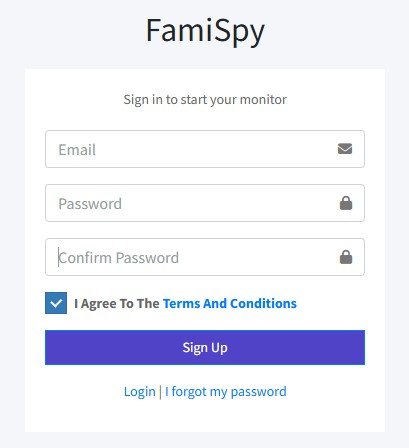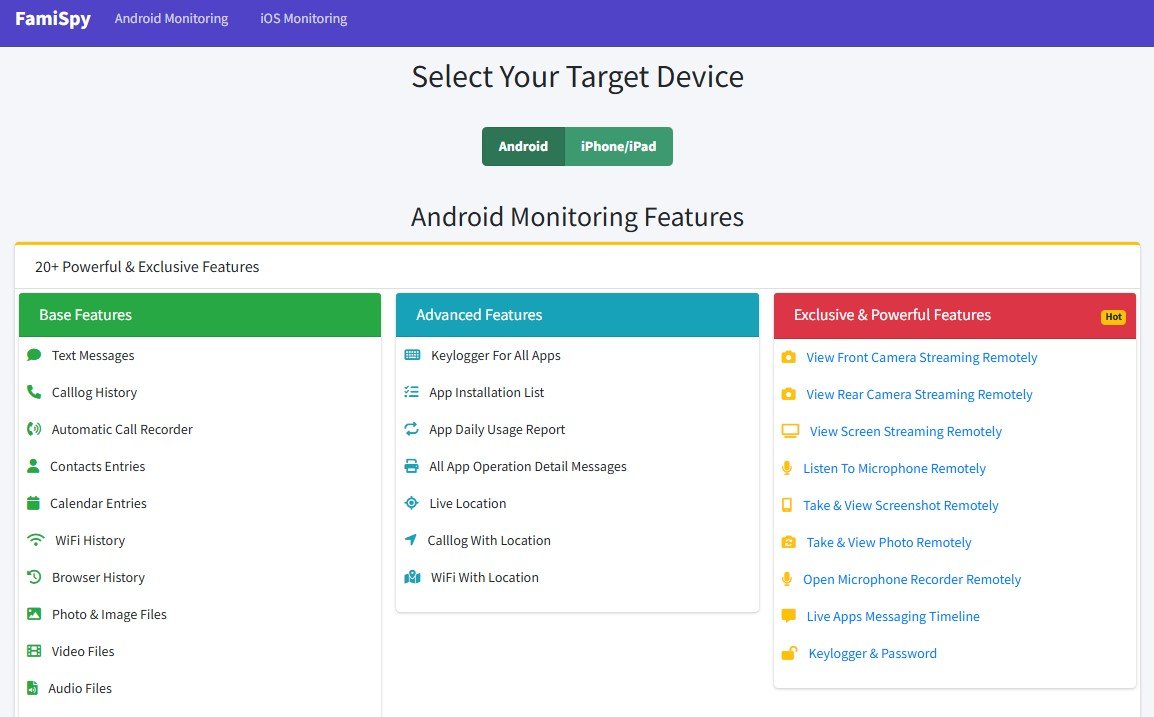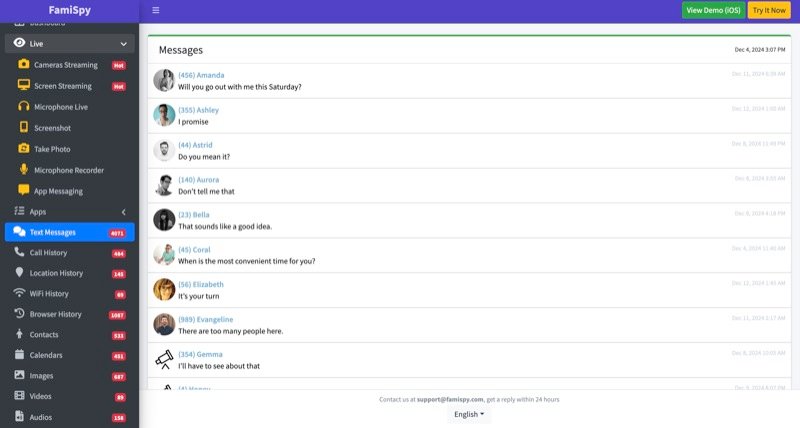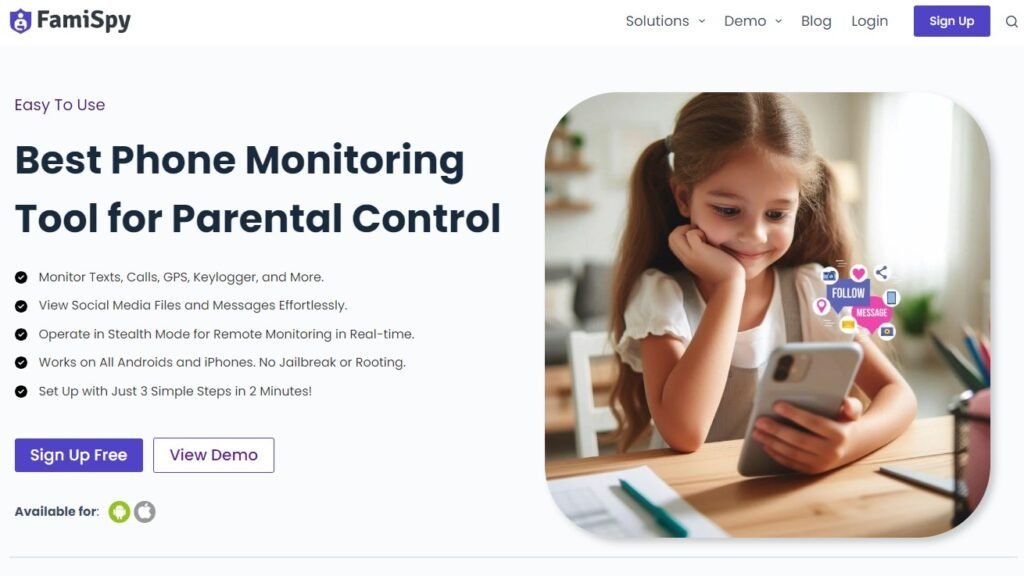The world of teen slang moves fast, and if you’ve seen the term OG meaning pop up in your child’s messages, you need to know what it means. So, what does OG mean? OG is a slang term that most commonly stands for “Original Gangster” but is currently used by teens and young adults to mean “authentic,” “classic,” or “the best.” It is a high compliment used to show respect or admiration.
For parents, understanding the OG meaning is key to gaining insight into your child’s social world. This comprehensive guide breaks down the term’s history and modern usage, and crucially, shows you how tools like FamiSpy can help you monitor their digital conversations and ensure their safety.

Beyond “OG”: See the Full Conversation
Knowing “OG” is just the start—new slang appears daily. FamiSpy gives you real-time access to texts, social media, and web history, turning your worry about hidden meanings into informed parenting.
VIEW DEMODecoding “OG”
When deciphering the OG meaning, it’s helpful to look at its two distinct layers: the historic definition and the modern slang. Both are important for understanding the term’s impact.
What Does “OG” Slang Actually Mean Today?
The way teens use “OG” today is largely positive, a departure from its literal origins.
The Literal and Historic Meaning
The term “OG” first came to prominence in the late 1980s and early 1990s, particularly in West Coast hip-hop culture. Here, it stood for Original Gangster. It referred to someone who was highly respected within a gang or street culture—someone who had seniority, credibility, and a deep history in that life.

The Modern, Popular Meaning
Today, the core meaning has been adapted and softened. It maintains the idea of “originality” and “authenticity,” but is now applied to nearly anything as a compliment:
- Respect/Praise: Referring to an old friend or mentor. “My uncle is an OG.”
- Classic/Vintage: Describing an older item, game, or style. “Those sneakers are OG.”
- Authenticity: Referring to someone who is genuine and hasn’t changed. “She always keeps it real; she’s an OG.”
Where Did the Term “OG” Come From and How Did It Become Slang?
The journey of the term “OG” from street slang to mainstream slang is a classic example of how language evolves through pop culture. It started in music—artists frequently used it to describe themselves or their peers to convey authenticity and street credibility. As hip-hop grew in popularity, the term diffused into popular culture, much like other slang from the genre. For more information on the history of this phrase, you can check linguistic resources on slang origin and usage.
Today, thanks to social media platforms and online gaming communities, it has become a widely accepted compliment. Learning the roots of terms like “OG” helps parents recognize other culturally significant slang, such as understanding the crunk meaning or newer terms like GYAT, which frequently appear in online trends.
How Teens Use “OG” in the Digital World
Understanding the OG meaning is best done by looking at how teens apply it in their daily communication—which is primarily through texts and social media.
Real-World Examples of “OG” in Texting and Social Media
The term is incredibly versatile. Here are a few common ways your child might encounter or use it:
Text/DM Examples
Teens use “OG” to give quick praise or acknowledge a history with someone.
“Did you see that new song? Nah, the original is better. OG for life.”
“My sister is an OG. She taught me how to game when I was 5.”
“That game still works? Wow, that’s so OG! TMB?”
Social Media/Caption Usage
On platforms like Instagram, TikTok, and Snapchat, OG often appears in captions, comments, and hashtags.
| Context | Usage Example | Translation |
|---|---|---|
| Praising a Friend | “Throwback to us in 5th grade. You’re an OG.” | “You’re a long-time, authentic friend.” |
| Describing an Item | “Check out my new vintage t-shirt. #OGVibes” | “This t-shirt is classic and cool.” |
| Gaming | “That gamer is an OG! He’s been playing since the beta.” | “That gamer is highly experienced/has seniority.” |
| General Compliment | “Respect to the OGs who showed up.” | “Respect to the founding or most dedicated members.” |
Why Do Kids Use Slang Like “OG”?
The motivation behind using slang like OG is rooted in adolescent development. It serves several purposes:
- Identity & Belonging: Using unique language helps them feel like they belong to a group separate from adults.
- Efficiency: Slang is a linguistic shortcut. “OG” is faster than saying “You are a respectable, original person who has been around for a long time.”
- Privacy: Slang can create a coded language that parents and teachers might not understand, giving them a sense of freedom.
The FamiSpy Solution: Monitoring Slang and Context
In today’s digital landscape, teens communicate across a dozen platforms—Snapchat, Instagram DMs, Discord, TikTok comments, and more. It is nearly impossible for a parent to manually check all these places, and often, children will delete messages before parents can see them. This is where a digital monitoring tool provides the necessary visibility.
FamiSpy is a comprehensive phone monitoring tool designed to give parents a clear, honest window into their child’s online life, tracking communications and app usage across various platforms to ensure safety and help you understand the full context of terms like “OG.”
Key Features of FamiSpy for Comprehensive Digital Safety
FamiSpy’s features are built to give you the most accurate context surrounding your child’s online activities.
- Message and Chat Monitoring: View all sent and received texts and messages across social media apps (WhatsApp, Instagram, etc.). This allows you to see the exact conversation surrounding the use of the OG slang, especially for terms used right RN (right now).
- GPS Location Tracking: Always know your child’s current location and view their location history to ensure they are where they say they are.
- App Usage and Management: See which apps your child is using the most and for how long. You can also block inappropriate applications if necessary.
- Web History Monitoring: Review all visited websites and search terms, protecting them from exposure to harmful or adult content.
- Screen Time Control: Set healthy limits on device usage and schedule specific times when the device cannot be used (e.g., during school or bedtime).
Getting Started: A Step-by-Step Guide to Using FamiSpy
Installing and using FamiSpy is designed to be straightforward, giving you access to the monitoring data quickly.
Step 1. Purchase and Account Setup
Visit the FamiSpy website, create your account and choose a subscription plan that fits your family’s needs.

Step 2. Installation on the Target Device
Follow the guided instructions to download and install the FamiSpy application onto your child’s phone or tablet. This usually takes just a few minutes. Complete the initial setup on the device to grant the necessary permissions for monitoring.

Step 3. Review Communication Data
Log into your FamiSpy account from any web browser on your own device. This is your central hub for all monitoring data. Navigate to the “Messages” or “Social Media” section to begin viewing your child’s communications. Here, you can see all instances of OG and other slang used in context.

Parental Concerns and Communication
Many parents worry about the negative connotations of the OG —the “gangster” part. However, in most teen contexts, the word is harmless. The real concern is maintaining open communication and understanding the context in which any slang is used.
Why Understanding Teen Slang is Crucial for Parental Supervision
Being familiar with terms like “OG” is not about being a “cool parent,” it’s about being an informed parent.
- Bridging the Communication Gap: If your child knows you understand their language, they are more likely to talk to you about bigger issues.
- Context is Key: While “OG” is generally safe, understanding slang prepares you to recognize terms that do carry risk or refer to potentially harmful activities. For instance, knowing the context of a higher-risk phrase like DTF is essential for intervention.
- Building Trust: Showing genuine curiosity about their digital life fosters trust, making them less likely to hide things from you.
Tips for Talking to Your Teen About Slang
Instead of banning or judging slang, try these approaches:
- Ask for Clarification, Not Confrontation: Instead of saying, “Stop saying that,” ask, “I saw you use ‘OG’ in a text. What does that mean to you and your friends?”
- Share Your Own Slang: Use humor to talk about the outdated slang you used as a teen. This makes the conversation less serious and more relatable.
- Keep it Casual: Don’t try to use their slang yourself—that usually backfires. Just show that you are aware of it.
- Focus on Intent: Discuss the difference between a positive compliment (like using “OG”) and language that is meant to exclude or bully others.
FAQs
Conclusion
Understanding the OG meaning is an important small victory in the larger challenge of digital parenting. The term, while stemming from a harsh background, is mostly used today as a simple compliment for authenticity or seniority.
However, the constant evolution of slang means you can’t rely on guesswork. Tools like FamiSpy eliminate the need to guess by giving you factual, contextual visibility into your child’s digital communications. By pairing awareness of terms like “OG” with the comprehensive monitoring features of FamiSpy, you can maintain trust, ensure safety, and guide your child through the digital world with confidence.








